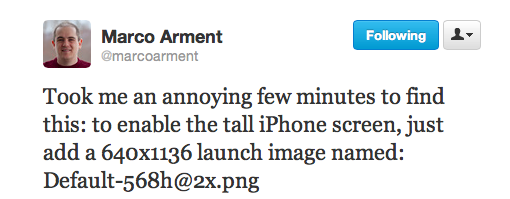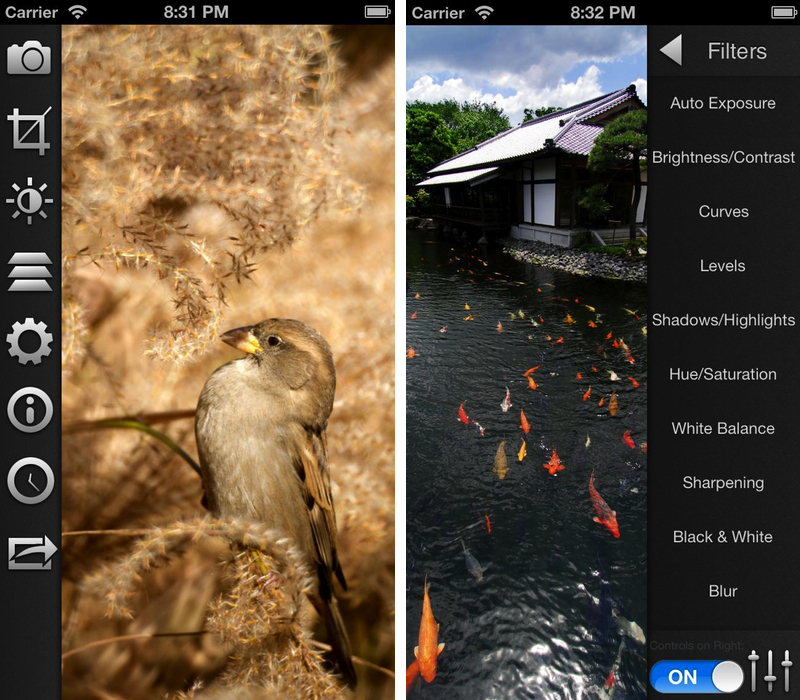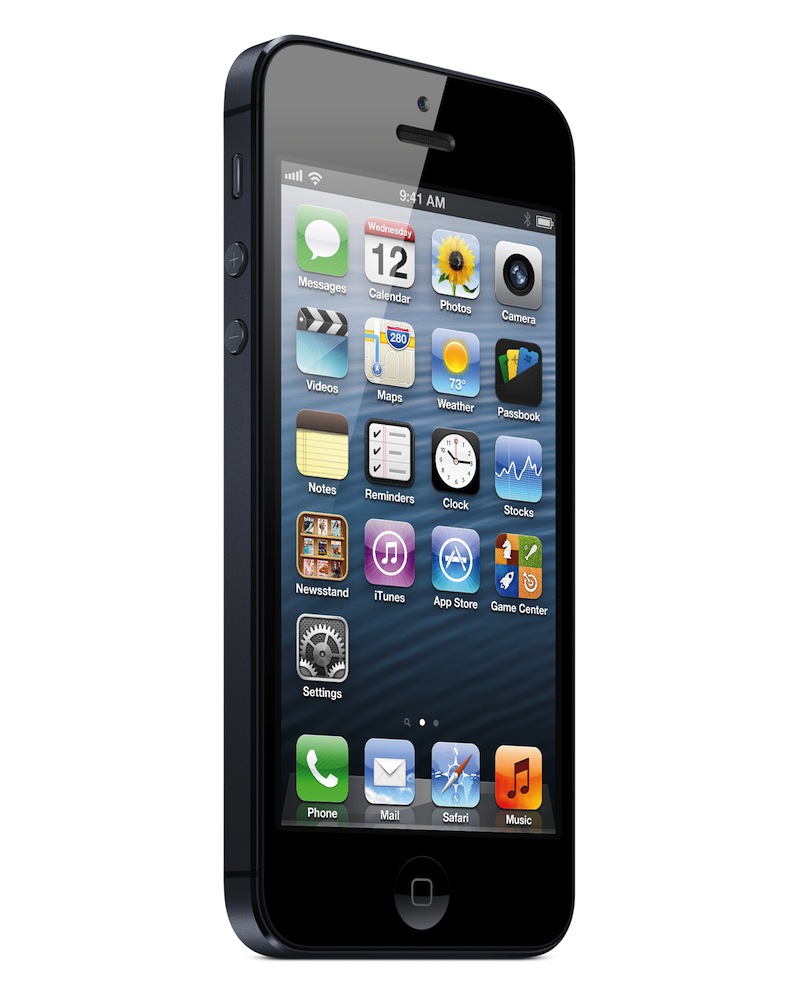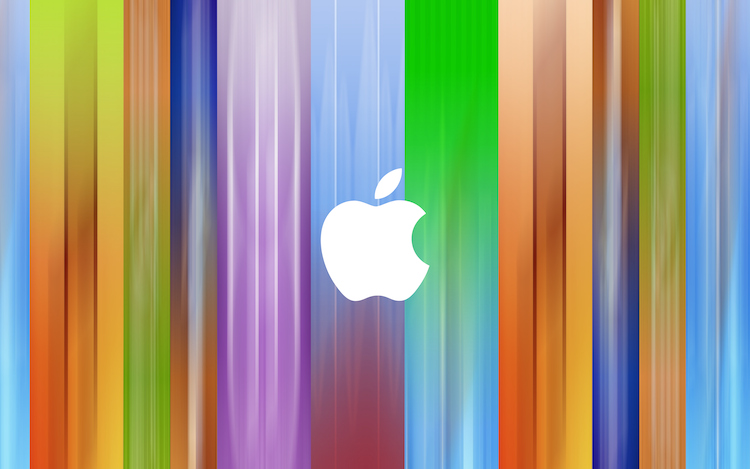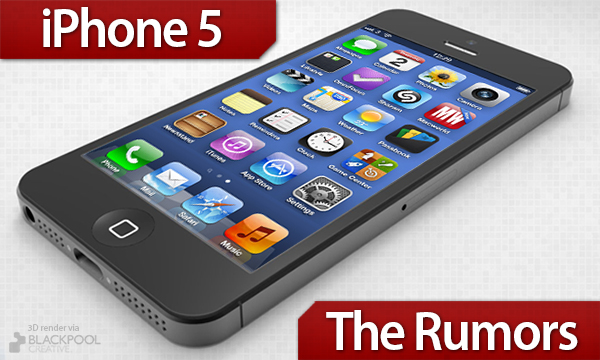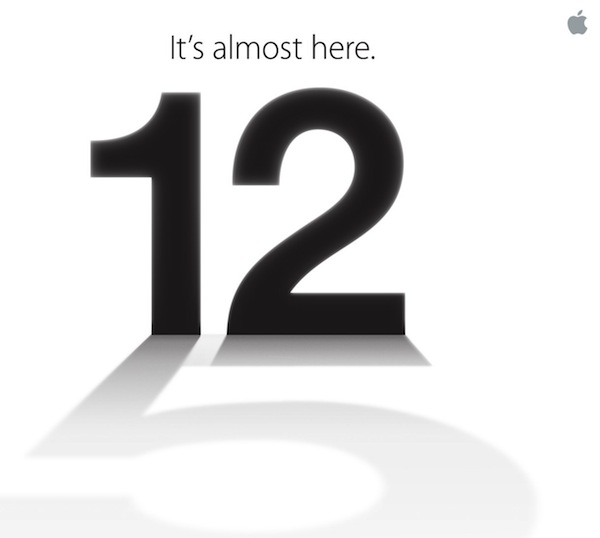What strikes me as different about the iPhone 5 announcement is that, for the first time in years, it doesn’t bring any new, big exclusive software feature.
The iPhone 4 introduced FaceTime. The iPad 2 had Photo Booth. The iPhone 4S got Siri. In Apple’s recent history, major updates to iOS devices were (almost) always complemented by some exclusive software functionality. Particularly with the iPhone, the company’s biggest source of revenue, Apple has always made sure since the 3GS (which got voice control, among other things) new iPhone models would have both new hardware and software to appeal to customers.
Not so with the iPhone 5.
If we exclude the five rows of icons on the Home screen, the possibility to take still photos while recording video, and face detection for 1080p HD video recording (both briefly mentioned here), the iPhone 5 doesn’t offer anything exclusive, software-wise, over the iPhone 4S.
I haven’t tried the iPhone 5 yet, so I can’t judge the capabilities of the device. But I can attempt to understand the reasoning behind this choice.
For now, Apple has got its software ecosystem pretty much figured out. There’s the Post-PC strategy, the App Store, feature parity between iOS and OS X, and a new iTunes coming out next month. Albeit slowly, Siri is evolving, and it is coming to more devices. iOS 6 will be released next week, and it’ll introduce previously-announced new features like Maps, Passbook, and Facebook integration. From a software standpoint, Apple is now performing the excellent art of iterating – or, this is how Apple rolls. Sometimes it’s more visible; other times things look the same. But they’re always changing.
And I believe this time things are changing with a different focus. The iPhone 4S leveraged Apple’s interplay of hardware and software – mentioned on several occasions during today’s keynote – to introduce one last big new iOS feature with a bang – Siri. If you look at iOS’ releases one by one, like we tech writers do every few months, it seems like they haven’t changed much. But it is only when you look back that you realize the differences were indeed palpable. And the iPhone 4S did have one big difference, software-wise.
With the iPhone 5, Apple is shifting from a “look at what’s new” mindset to a “look at how much better it is” approach. If you only looked at the screens of an iPhone 4S and iPhone 5 and used them without holding them in your hands, you wouldn’t notice much differences in the software. Sure, you’d see the bigger screen, but you wouldn’t be curious to immediately go check out that new app. But the thing is, we don’t use iPhones like that. We hold them in our hands, we touch them, we make calls with them and we stream content wirelessly from the Internet with them.
It’s not about the hardware alone. Because on that front, yes, things are new. It’s about how the hardware allows for a better experience without having to do anything new. It’s about refining what is already good. It’s about starting from scratch.
Ultimately, the iPhone 5 is about making the overall experience better through advancements in mobile technology. The iPhone 5 may not have new apps or iOS features for now, but it does offer an unparalleled experience. It does LTE with up to 8 hours of browsing. Reports are already coming in that, thanks to the A6 processor, everything feels snappier and more responsive. And if it really is comfortable to hold, the new 4-inch screen will show more content, which I see as a welcome improvement.
On a simple iOS feature-by-feature checklist, iPhone 5 loses. But on a scale of “Does this work better than before?”, I think it will be indisputably better than its predecessors. The interplay of hardware and software wasn’t functional to adding new features this time: the integration Apple prides itself upon should serve as a catalyst to make everything work better, without having to reinvent what we already know.
I think Apple’s Design webpage for the new iPhone sums it up best: “if convention was standing in the way, we left it behind”.
iPhone 5 is about paradoxes. It’s bigger, but it’s slimmer. It’s got LTE, but longer battery life. It’s thinner, but it’s got a better camera, an redesigned speaker system, and new microphones. It’s new – but really, is it?
After the iPhone 5, new iOS devices won’t be judged by how many new apps they bring, but by how much they make the experience better.



